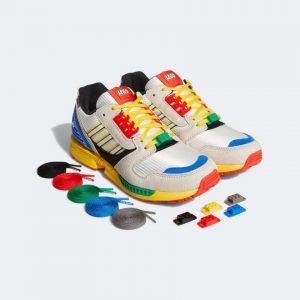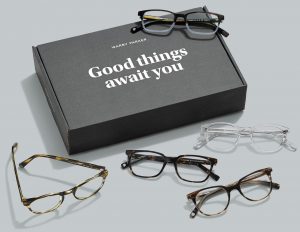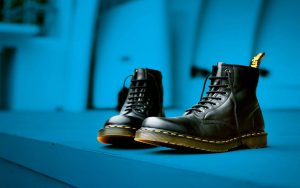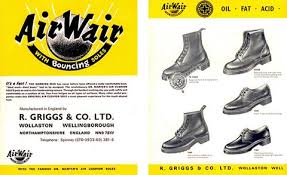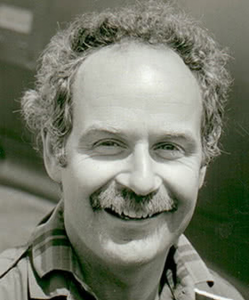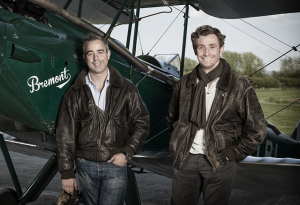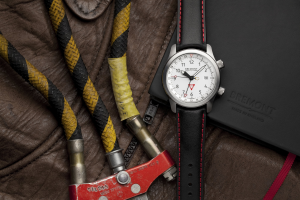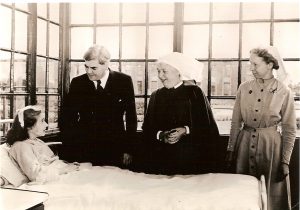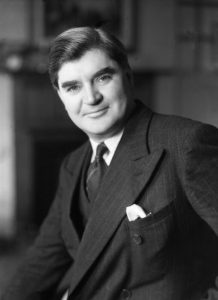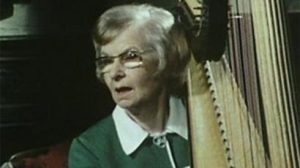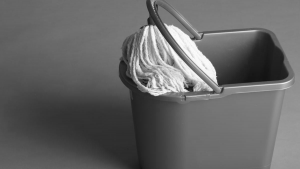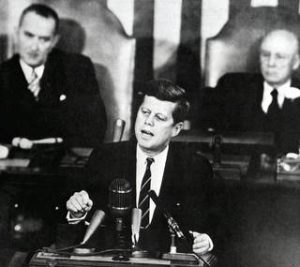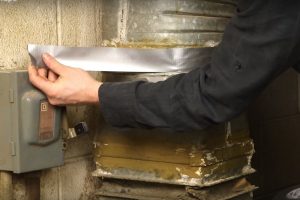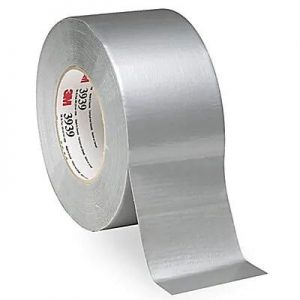Eat more beef you bastards, and drink another bloody water
In my first book of brand stories, The Prisoner & The Penguin, I told the tale of how the cattle farmers in Queensland, Australia came up with their (in)famous, straight-talking advertising campaign to encourage Aussies to buy and consume more of their product.
Now to join “Eat more beef you bastards” is another equally blunt brand “Another Bloody Water”.

It is, as the name suggests, another natural spring water. Luckily it isn’t actually ‘bloody’ but clean and pure coming as it does from an Aquifer 70 meters below the surface of the Kiewa Valley of Victoria’s Alpine High Country. It has one of the lowest sodium contents of any major brand in Australia and has approval from the Biological Farmers Association, Australia’s largest representative organic body.

Co-founded by Didi Lo and Jay Dillon and Michael Derepas. They have poured their life savings and their sense of humour into producing the bottled water brand.
“Our strategy has very much been to be seen in the right places such as small organic food stores, cool cafés and the smaller independent supermarkets in the right suburbs. We don’t want to stocked everywhere. We want the people who do find us to be able to enjoy us privately or tell a friend of their discovery,” said Derepas.
They target savvy and cynical consumers with what they say is great water and some real attitude. As their home page exemplifies
‘Lets get to the business of why you’re here shall we?
- You feel a certain kinship with our straight up, no mucking around philosophy of pristine drinking water and would like to display it proudly in your shop/café/corner store/dining experience.
- You are a media-type person who would like to be a little more informed about what makes us and our refreshingly clean and tasty water tick.
- You are a competitor who is probably waving your fist at your computer screen right now muttering ‘Smartarses!’
- You think the word ‘bloody’ is crass and is responsible for the decay of society and therefore wish to lodge a complaint. Alternatively you’re from the British Advertising Clearance Centre and you STILL can’t take a joke.”
- You’re at work and killing time on the web. That’s ok too, corporate time-waster. Your boss ain’t watching.’
“Our company isn’t backed by a large player. We are a small and passionate enterprise. We’ve scrimped and saved to develop the brand which is now competing alongside brands with much bigger marketing budgets,” Derepas says.
“Besides PR, events sponsorship and attendance at trade shows, most of our promotional efforts are simply related to what’s in the packaging and what’s on the label. You know you are doing something right when you have people emailing you just to thank you for entertaining them and promising they will buy it wherever they can find it.”

So it quite clear that you should eat more beef you bastard and wash it down with another bloody water (and not a pint of Victoria Bitter!)
And the moral is often differentiation isn’t about what you do but the way you do and the way you talk about it. Do you have a distinctive tone of voice?
